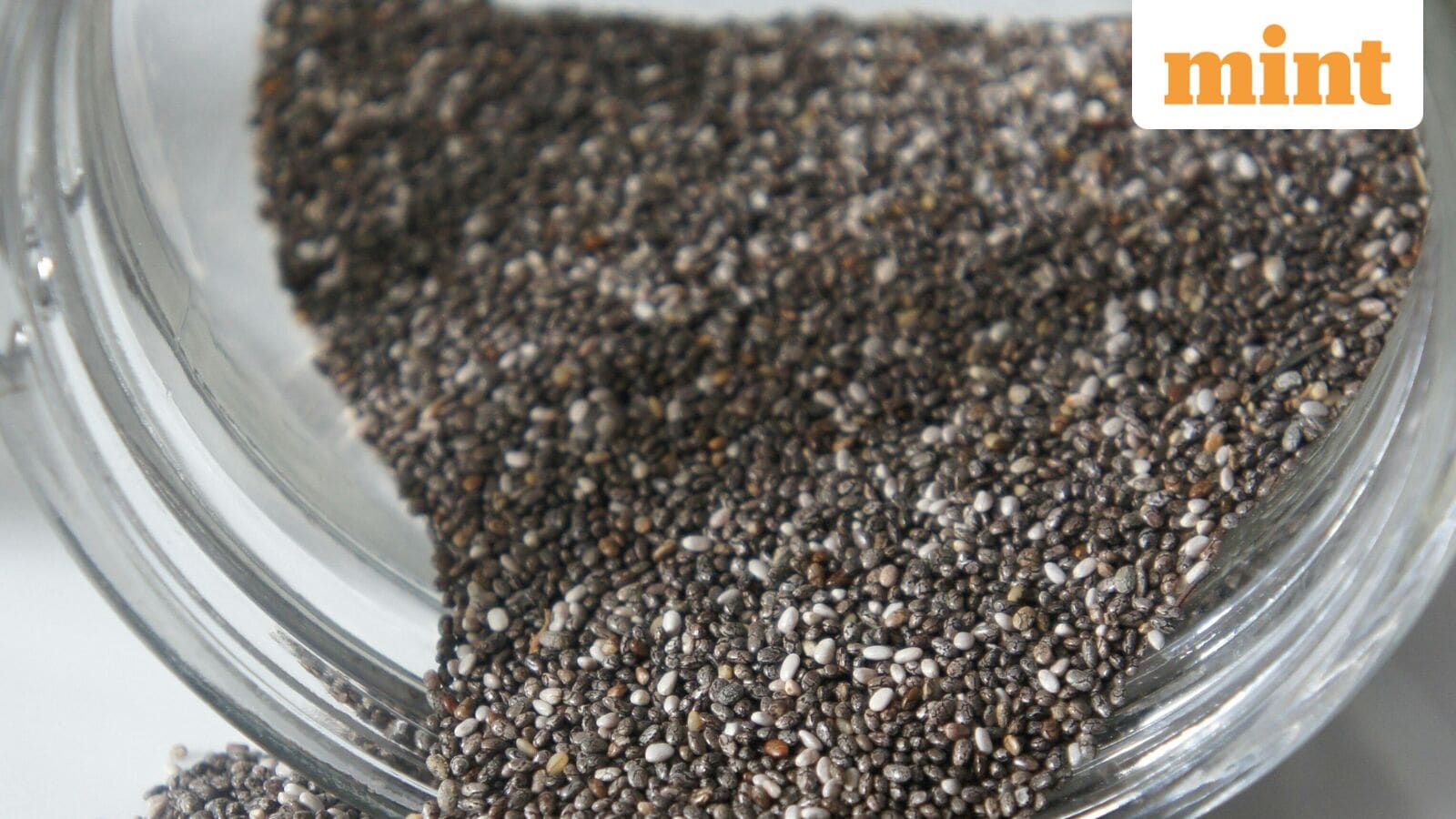Chia seeds have become a staple in health-conscious diets worldwide, and now an AIIMS-trained gastroenterologist has explained why. In a recent video, Dr Saurabh Sethi, who has also trained at Harvard and Stanford Universities, broke down the…
AIIMS-trained doctor explains what happens when you eat chia seeds for 14 days straight: ‘Gut health, slows digestion’
